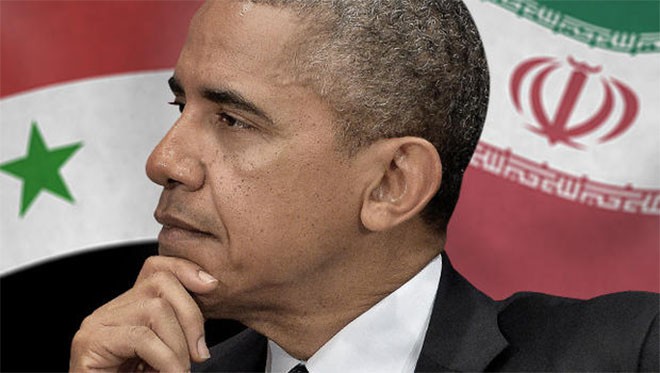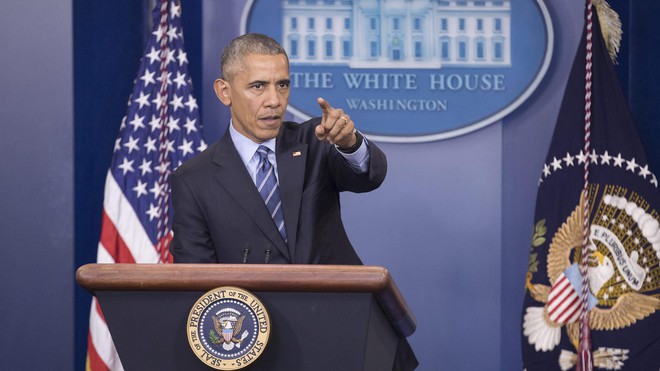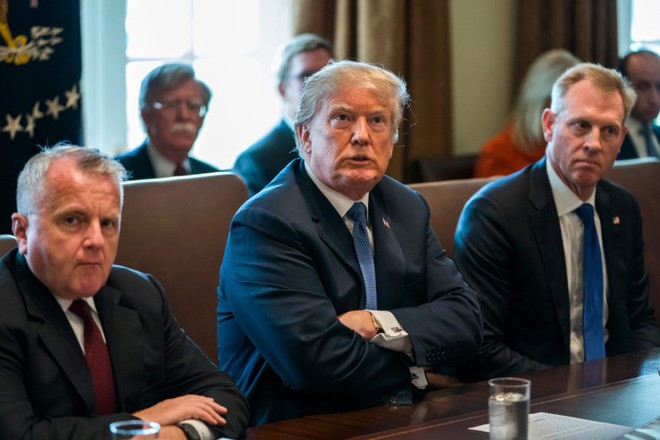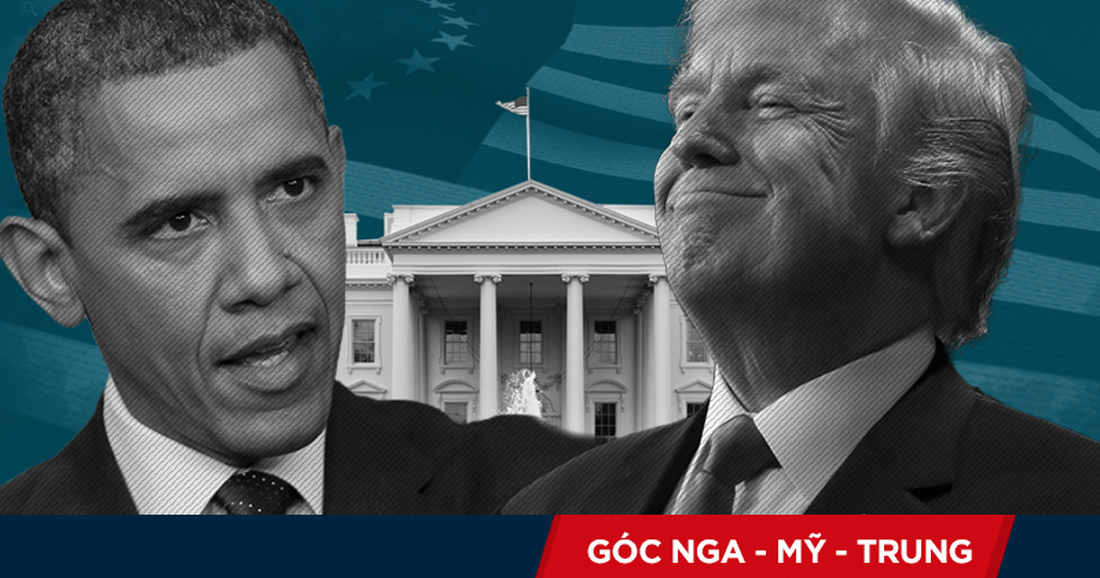Former presidents Barack Obama, and now Donald Trump, faced similar challenges in responding to the Syrian civil war. Obama failed in his efforts at peace, but is Trump succeeding where Obama failed? Can anyone succeed?

When Syrians began fighting each other in July 2011, some groups supported the dictatorship of Basher al-Assad while others aligned with opposition groups (Free Syrian Army), jihadis of the Islamic State, Islamic religious sects (Sunnis and Shites), and nationalists movements (the Kurds), who in turn fought each other. Even though this was part of the Arab Spring, none of these groups were democratic. As the country became embroiled in a civil war, some outside powers began to see opportunities to further their own interests.
Obama believed the Syrian civil war to be unwinnable militarily. Obama refrained from any involvement aside from half-hearted training efforts for opposition rebels, the occasional drone air strike, and humanitarian efforts. At the same time, Obama was trying to free the US from entanglements in Afghanistan and Iraq. Unfortunately, Obama failed to recognize that a terrorist movement—Islamic State—had formed under his nose and was occupying large parts of Syria and Iraq which the terrorists hoped would form an Islamic Caliphate.

In August 2012, with events in Syria getting way out of hand with rising civilian deaths attributable to Assad’s brutal repression, Obama warned Assad that the US would intervene in the war if he used chemical weapons on his own people. Assad, in an obvious move to test Obama’s resolve, employed chemical weapons against civilians, including hospitals, schools and residential areas, beginning in Homs in December 2012.
Obama did nothing when Assad defied his threat. The Russians, seeing an opportunity, talked Obama into letting them broker a deal to remove chemical weapons from Syria, and the Russians would enforce compliance. Secretary of State John Kerry negotiated the deal with Russia, and even funded the removal of the chemical weapons. Kerry and Obama then took a "victory lap" over succeeding months proclaiming the removal as one of the greatest diplomatic feats ever.
Obama and Kerry proclaimed Russia as peacemaker and partner in resolving Middle East conflict. The Russians have an estimated 50,000 troops, their air force and navy, along with mercenary forces supporting Assad’s troops. In addition, Russia began partnering with Iran, which now has 4,000 troops and militia in Syria. Russia also provided Iran with sophisticated long-range air defense system to deter the US.
Obama facilitated Russian and Iranian ambitions to support Assad diplomatically, militarily and financially. Russia wants to resume its role as a superpower. It also wants a naval base in Tartus, Syria. Iran wants to control Lebanon, Iraq, and Syria which are Muslim Shite countries as a counterbalance to Saudi Arabia which controls the majority Muslim Sunni countries. Russia protects Syria in the UN Security Council, much as the US protects Israel.

Photo: DPA
Why did Obama allow Russia and Iran to begin to dominate the Middle East? And, why did Obama allow sit idly by and watch Syria destroy itself and it people?
Obama reportedly believed that the decades-old Middle East conflict was the fault of Saudi Arabia and Israel, and US interference. So he intentionally tried to undo the status quo by empowering Iran and ally Russia.
Additionally, Obama was desperate to secure a nuclear weapons treaty with Iran. Obama believed that by removing economic sanctions (beginning in 1979 following the Iranian Revolution) and supporting the treaty would bring the outcast Iran into the community of nations. So Obama did not oppose that country’s actions, fearing that they would pull out of the agreement. Recall that Iran is the leading state sponsor of terrorism globally.
When citizens began revolting against the Iranian Islamic regime during the Arab Spring in 2009, Obama failed to support the "Green Movement." At the same time, he supported citizen uprisings calling for democracy in other countries during the "Arab Spring."
Few recall now that Obama’s Iran treaty in 2015 (with negotiations beginning in 2003) was so unpopular among Americans and Congress that he had to employ several legislative tricks to get it through Congress. Obama claims he did nothing in Syria because he feared being impeached and thrown out of office, but his "shenanigans" with the Iran Treaty and attacks on other countries belie this excuse. Obama’s tepid Syrian response contrasts strongly with the major interventions launched Afghanistan, Iraqi, Pakistan, Yemen, Libya and Somalia jihadists.

President Donald Trump campaigned for president against Hillary Clinton on a simple platform: do the opposite of whatever Obama did. Shortly after Trump took office, Assad again decided to test the US by attacking his own people with chemical weapons in April 2017. Trump responded immediately with a cruise missile strike on a Syria’s Shayrat air base. Trump publically bragged about his bold response, contrasted against the weak Obama effort. The attack, though, was mostly symbolic, involving only 59 cruise missiles. Supporters are encouraged because at least he did something.
Assad on April 4 decided to try his luck again and launched another strike on civilians in the town of Khan Sheikhoun. Trump responded with another missile strike, this time a little differently. France and Great Britain also launched missiles in support. The European Union and NATO announced their approval. The UN Security Council also was in support, refusing to condemn the US, France and Great Britain.

This swing against Russia may pose problems for President Vladimir Putin’s plans to return Russia to the world stage. Earlier this month, the world community rallied in support of Great Britain when Russian intelligence services allegedly poisoned a former Russian agent, Sergei Skripal, in London.
While the strike was successful, it was a minor, low-risk retaliation, as was the 2017 strike. Russians were warned in advance of the attack. Missiles were launched primarily from ships at sea. Only small chemical weapons facilities were targeted. Russians did not activate their sophisticated air-defense system. So this attack, like last year’s was symbolic. The Russians and Iranians must be sure that Trump will not risk war given his harsh rhetoric but weak response.
Secretary of Defense James Mattis was quick to point out that the strike was a one-time only, in an effort to tamp down fears of an escalated conflict. Again, critics believe this talk encourages opponents to attack.
This symbolic strike was in contrast to Trump’s response to the Islamic State offensive in Syria and Iraq. Throughout 2017, Trump launched a strong operation supporting Iraqi and Kurdish troops in pushing the terrorists out of the occupied region. Obama was unable to accomplish this in four years of trying. Those operations killed hundreds of Russian mercenaries in Deir ez-Zor and shot down a Syrian air force jet. Trump likes to insert uncertainty whenever he acts.
In the week before the missile strike, Trump announced that he would be pulling out of Syria, basically ceding Syria to Russia and Iran. The US has 2,000 combat troops in Syria and a large naval force in the Mediterranean Sea. Trump spent $30 billion in Syria during 2017-8. This latest missile strike cost nearly $200 million.

Photo: Jim Lo Scalzo - Pool/Getty Images
Ironically, Trump gets little credit for his Syrian effort. Many Democrats suggest that the attack was illegal because he must secure permission for such an attack from Congress. Opponents believe that he launched the attack to deflect attention away from the numerous scandals plaguing himself and his presidency. Others, even among his own White House staff, are dampening his achievement claiming that he has no Syrian strategy. Factions that favor going to war are disappointed with Trump’s lukewarm response. And staunch Trump supporters do not support any more war fighting in the Middle East. Americans are not united around the Middle East.
Why wasn’t Trump’s response against Assad stronger? Trump, like Obama, did not want to escalate the Syrian conflict into a full-scale war. While war may have been likely with a stronger response, it is much more likely that Russia and Iran will engage in "asymmetrical warfare" that can’t be directly tied to them. Russia and Iran can accomplish their goals without going to war.
Russia and Iran have well-developed cyber capabilities. Russia demonstrated this capability when it "allegedly" interfered in the Trump-Clinton elections, as well as other elections in France and elsewhere in Europe. Special Prosecutor Robert Mueller indicted 17 Russians for felony crimes committed in the US elections.
Russia can also thwart US efforts in various hotspots around the world. Russia is working with China to patrol the East Sea. Russia has been illegally assisting North Korea in evading UN-imposed sanctions. Russia has moved troops along the borders of Latvia, Estonia and Lithuania. And, of course, Russia has the "upper hand" in the Middle East.

The Obama and Trump responses to Assad seemed not to have changed the stalemate in Syria. The US, Russia, Iran, Saudi Arabia, Israel, and Iraq seem intent on fighting over Syria in a "proxy" where over the past seven years there have been only losers.
Obama changed the dominant alliance in the Middle East to favor Russia and Iran, and Trump can do little to reverse that decision by continued to support the stalemate in Afghanistan and the coalition of Saudi Arabian-allied countries.
Nations competing in the Middle East are slow to learn the lessons of history. Two examples: Bashar al-Assad’s father Hafez al-Assad, dictator of Syria from 1971-2000, launched massacres of as many as 20,000 people aligned with the Sunni Muslim Brotherhood in 1980 and 1982. So Bashar had a good role model.
In 1993, President Bill Clinton launched a cruise missile strike against Iraqi dictator Saddam Hussein for attempting to assassinate President George H. W. Bush in Kuwait. We can see how well that turned out: two bloody wars lasting decades. And, Saddam used chemical weapons against Iran in the 1980-88 war and against the Iraqi people in 1991.
What Obama created and Trump is perpetuating could mean the Middle East will be at war for years to come.

